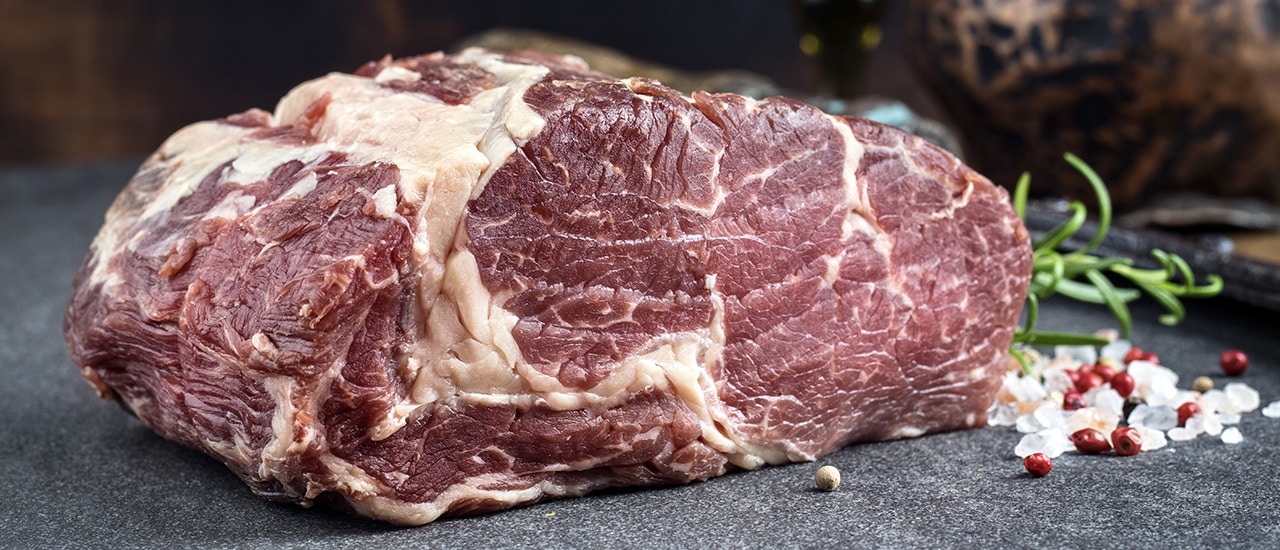shipping right from the ranch every monday & tuesday
due to thanksgiving, we are only shipping monday, november 20. orders must be placed by midnight sunday, november 19 to ship the week of thanksgiving.
due to thanksgiving, we are only shipping monday, november 20. orders must be placed by midnight sunday, november 19 to ship the week of thanksgiving.

There are two ways beef is aged before it makes its way onto your plate: wet aging and dry aging. Wet aging is done by vacuum sealing each cut of beef shortly after processing. Each cut of beef soaks in its own juices. Dry aging beef allows it to go through three natural, flavor-enhancing processes before it is packaged and sold.
While dry aging used to be the only option before 1960, wet aging took hold because it offered a quicker, more economical method. Wet aging begins as soon as each cut is vacuum sealed; the vacuum seal prevents water loss so there are more total pounds available to sell. In an industry where profits are measured in pennies, those added pounds can be the difference between profit and loss.
Wet aging is a two step process:
Dry aging used to be the norm but once the more economical wet aging method became available, few butchers used the more time-intensive method of dry aging. Dry aging takes more time because there are three phases that each carcass goes through. It also leaves fewer pounds available due to the water loss during the dehydration stage.
The carcass is cut in half (a primal cut) to allow the entire beef to dry age equally on all sides. The carcass is placed in a climate controlled, low moisture refrigerator for 14-21 days. During this time, the cooler keeps the carcass at between 32 and 39F.
Dry aging is a natural, three-step process:
We want you to enjoy beef at its finest, which is why we dry age all of our beef. Taking the time to dry age each carcass allows nature to work its magic so you can enjoy a more robust, beefy flavor in each cut of beef.
© 2024 All rights reserved | website design & development by inkriot marketing